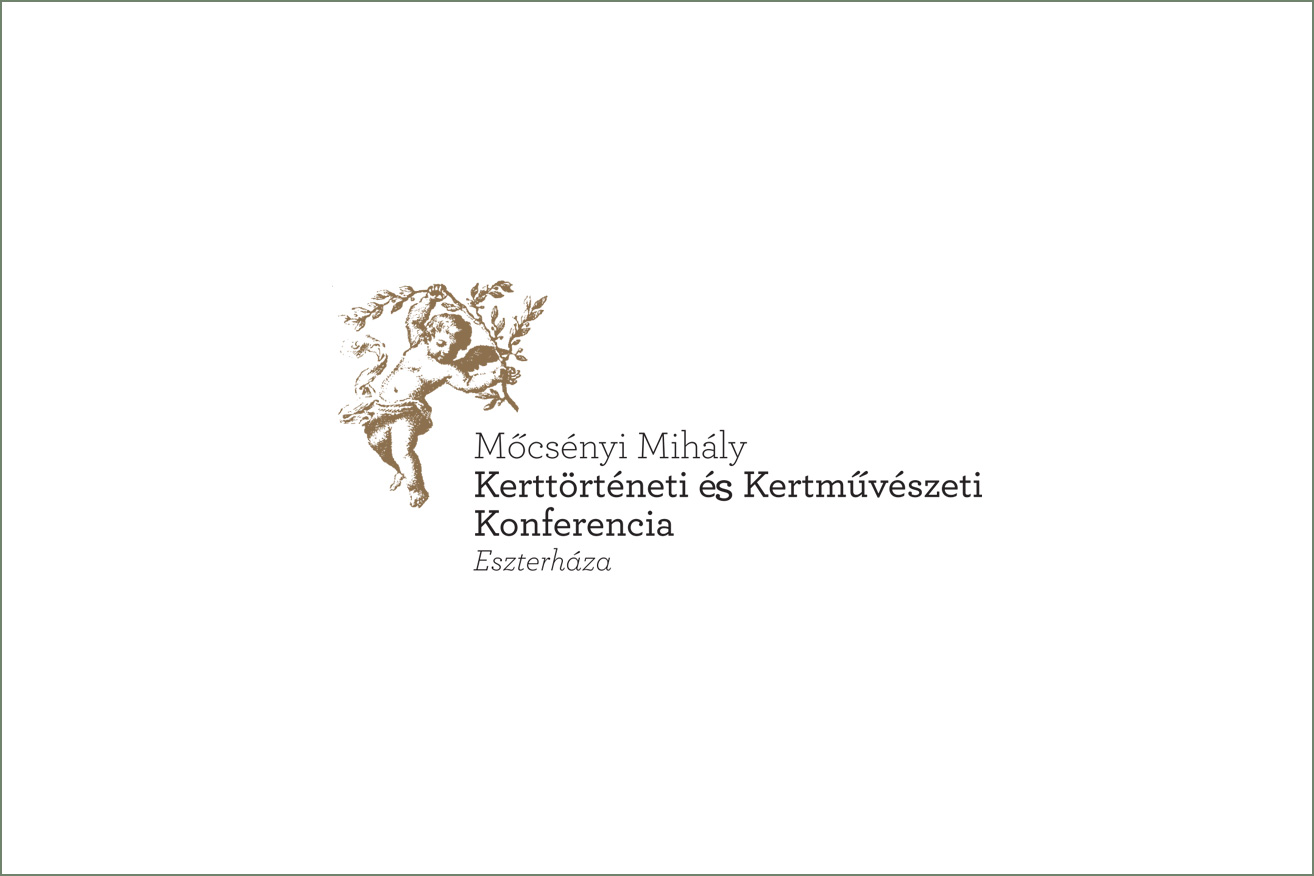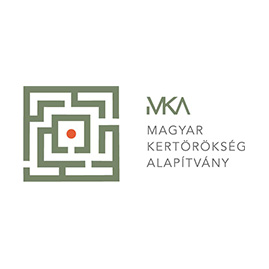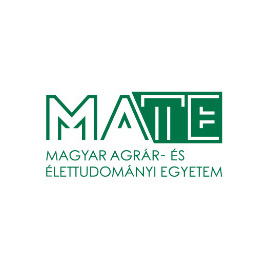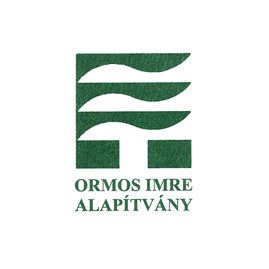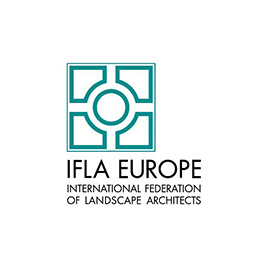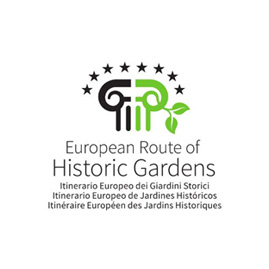Our third conference is dedicated to the exploration of the relationship between garden art and music. The history of garden art is inseparable from the fact that, ever since man first began to build gardens and spend time in them, his favourite activities have been playing music, singing and dancing.
In the history of garden art, whether we look to the distant past, East or West, North or South, in the garden depictions we can always find musical instruments, and characters playing and enjoying music, and dancing. In antiquity, for example, nymphs sang and played the harp in groves.
In the medieval castle gardens in Europe people played music and sang. In the early Renaissance, music was an integral part of staying and dining outdoors. Music was performed under the open sky in open-air garden pavilions and on terraces. Later, garden theatres and green theatres provided a home for this form of art. On the grandiose scale of Baroque garden art, music pavilions were complemented by garden opera houses and summer theatres, and from then on they have played an important role to the present day.
In addition to national and foreign experts in the field of historical gardens and parks, visitors are also familiar with the fact that gardens were homes to music, the buildings and pavilions dedicated to music events as well as to open-air theatres and operas. Moreover, the visit to a particular location is associated with the person of the artist who lived or worked in the castle, in the castle garden. From Hungary, Martonvásár can be mentioned, where Beethoven stayed at the castle and park of the Brunszvik family.
In the musical life of the royal and noble courts, the position of court composers was influential, alongside that of musicians and conductors. Palace owners contracted musicians, orchestras, conductors and composers. Perhaps the longest and best known patron-composer relationship was between Miklós Esterházy the Splendid and Haydn, the composer and musician who served at Eszterháza for 29 years.
The composers were inspired to write pieces of music by numerous parks, historic gardens, popular iconographic elements of the gardens, the fountains and plants. As an example, probably the most famous of these are the three suites of Franz Liszt’s piano cycle Years of Pilgrimage, which are associated with the garden of Villa d’Este. Liszt’s daughter Cosima mentions in her diary that her father’s work even inspired her husband Wagner, who himself was inspired, during his trip to Italy, on the flowery terrace of the Villa Rufolo in Ravello near Amalfi, to compose the Entrance of the Flower Maidens from the Kligsor’s garden scene in his opera Parsifal.
Using the results of science and technology, experiments were carried out to create music fountains and water-powered organs, for example at the Villa d’Este. In Budapest, the musical fountain on Margaret Island, a replica of the work of master Peter Bodor from Marosvásárhely (Târgu Mures), once a wonder, now broadcasts music from a loudspeaker, hosting also live concerts in summer.
With the development of society and the growth of cities, squares, public gardens, urban parks and promenades became places of social interaction, where musicians playing wind instruments in the music pavilions entertained the visitors. Music was present in summer holiday resorts and popular spa towns both indoors and outdoors.
We even know about composers who were great garden enthusiasts themselves, such as Ernő Dohnányi, the world-famous composer and pianist, whose villa garden in Buda is now being preserved by an NGO, which also organises music events on the site.
Music has not only played a role in the use of the gardens in the past, but they are also a significant attraction for garden tourism today. Music events and festivals, ranging from classical music to contemporary popular genres, attract visitors to the palaces and their gardens every year, even several times a year. Today’s garden art also faces a variety of challenges in this context, such as the design of outdoor concert spaces in historic gardens or at new sites.
In addition to the income supporting the maintenance of the gardens, the cultural and music events provide an opportunity to learn about the garden heritage and to raise awareness of these values.
